Tradition in Motion - Kai Mackenzie
© Kai Mackenzie
In Akira Kurosawa’s 1954 masterpiece, Seven Samurai, a small farming village faces the threat of bandits. In an effort to protect their home, the villagers call upon wandering warriors to defend their land. The warriors defend not for riches, but values beyond material reward. The victory over the bandits is bittersweet. The villagers fields return to life, yet the samurai move on. Their legacy left in silence
From meeting Kai Mackenzie, I was reminded in many ways of Seven Samurai. Kai’s battleground is not fields but fabric, working quietly against the diminishing presence of tradition. Each stitch deliberate, his work defined by precision. For Kai, tradition is not something to be forgotten, it is something in motion - alive, evolving. Tradition becomes a medium for self-expression, and a way on how your heritage can sit alongside the present.
At first, Kai’s pieces may appear as direct reflections of Japanese styles and silhouettes. Yet, through Kai’s label, Minami Studios, he invites a much more curated, intentional introspection. From the subtle placement of buttons, to the linings of jackets, and even the number of pleats on pants; Kai is not repurposing tradition, he is breathing new life into it.
What Minami Studios represents runs deeper: a thread tying the present to the past. With the masses in Japan racing towards the future and Western style, at times Minami Studios feels more like a meditation than a conventional brand. One that threads the values that Kai believes are most needed in today’s world: tradition, intention, and balance. These principles form his 型 (kata: form, pattern, way of doing).
Growing up in the cultural melting pot of Australia, mixed-heritage Kai often felt a tether to his Japanese identity. Resulting in Kai having a deep desire to understand where he came from. Using his art as a medium for his own exploration on identity, Minami Studios embraces Japanese tradition without rejecting modernity. As others continue to move further apart from the ways of old, Kai has found a way to honour and incorporate them into the present.
© Kai Mackenzie
Like the villagers gathering their seven, Kai worked in fragments. Using nights, weekends, and scraps of denim to hone his signature style, each piece adding up to something greater. After building his presence in Australia, Kai realised that the greatest way to find out who he truly was would come from moving to Japan. So, he made the leap.
As the samurai who knew the harvest was not theirs to reap, Kai built Minami Studios to carry a story forward. Creation demands sacrifice: comfort, certainty, time. Minami Studios is no exception. By aligning with longstanding Japanese values to guide his ethos, Kai stitched together a blueprint that diverged from mainstream fashion brands. Instead of chasing mass-market turnover, Kai fortified his brand similar to the villagers building fences, resisting the pressure from fast fashion bandits.
Kai’s commitment to quality over quantity can be seen throughout the thoughtfulness and level of precision crafted with each piece. Cultural storytelling, refinement, and softness weave through each design, coalescing into a form of preservation and belonging. Starting from a personal journey of discovery, Minami Studios soon grew into something Kai could share with the others. Transforming from an inward exploration, into an outward expression that could assist the masses in their own journey of belonging.
His first major project? The Gateway Collection. Featuring designs such as the Haka and Tome pant, garments that took feudal Japanese aesthetics, and integrated them with modern craftsmanship; seven pleats representing the seven virtues of Bushido: the way of the samurai. Even the studs are arranged in a specific 3, 7 (3+4), 3 pattern. Coming from Japanese wordplay, three represents “mi”, seven “na”, and three “mi” again. Together, spelling out “Minami.” This attention to detail extends beyond fashion in Japan. From ancient tea ceremonies, even down to a ramen shop perfecting a single recipe for centuries. Every detail is intentional, and that’s the spirit Kai infuses into Minami Studios.
Yet, with this precision comes another integral part of Japanese life. As Kai puts it, the deep-rooted Japanese aesthetic concept of balance. It’s from this concept where Kai draws the majority of his inspiration from. Seaming together contemporary tweaks with traditional Japanese aesthetics, Minami Studios represents the balance between past and present. In place of discarding heritage, Kai redesigns it, mirroring Japan’s own balancing act of century old rituals with the reality of hypermodern life.
This respect for balance demonstrates a certain discipline. Yet from it, creativity emerges. The pieces speak softly, rewarding close attention, inviting people in to notice the small, intentional details. This restraint allows us to experience Japanese philosophy in its entirety: structured yet fluid, simple yet intricate.

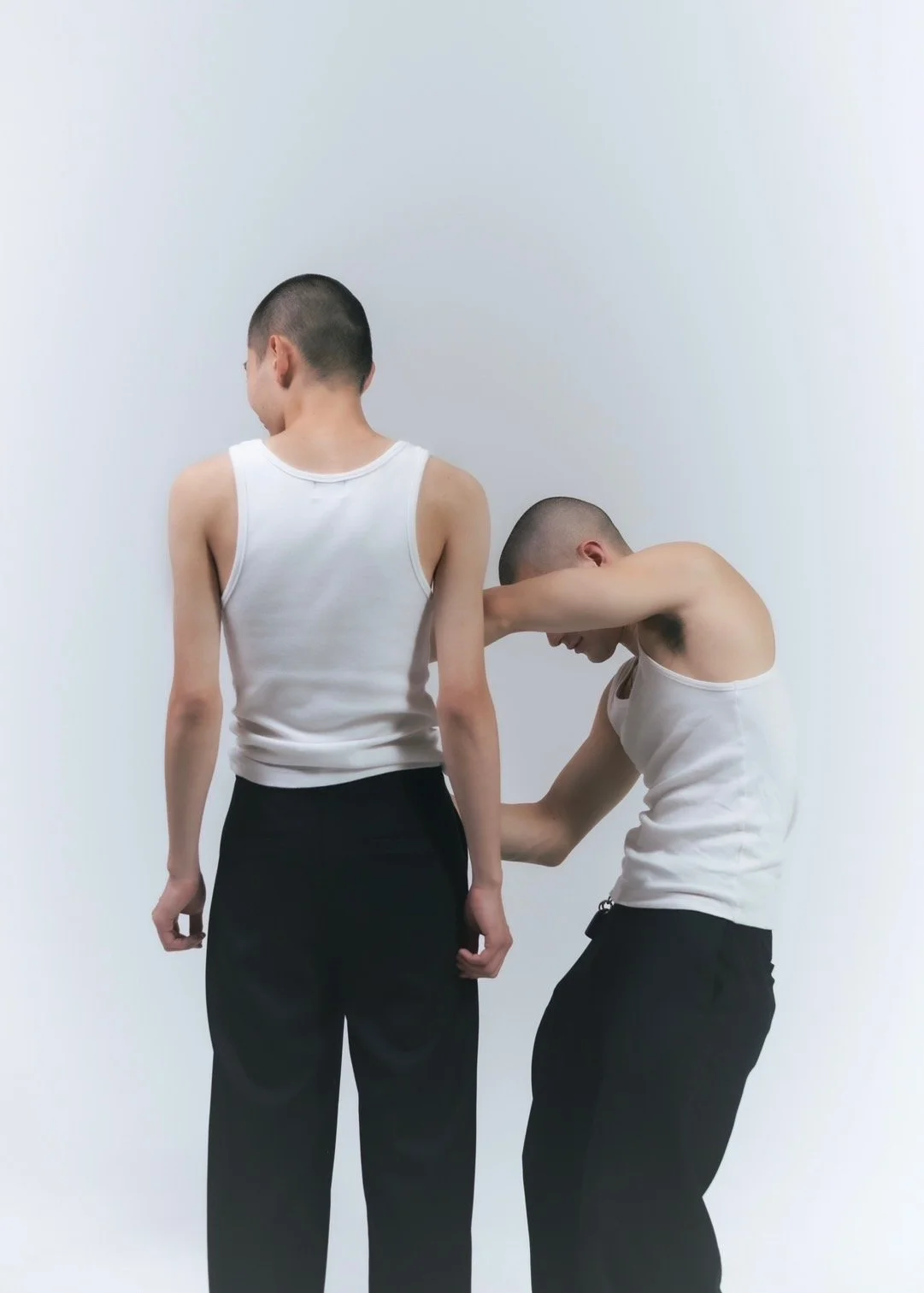

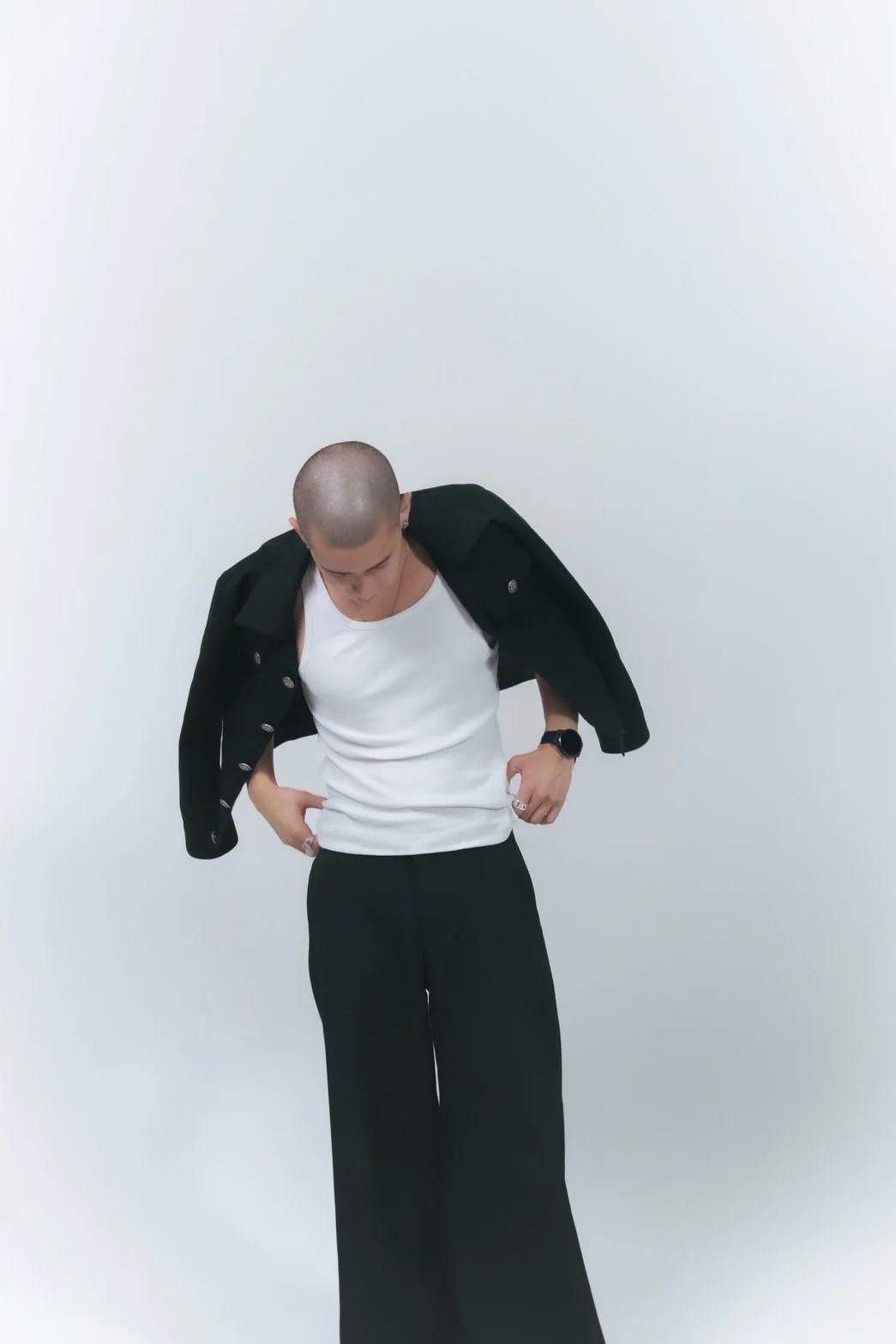
Kai now stands at the moment when the samurai first arrive, laying the groundwork for a legacy yet to come. Just like the samurai, Kai is starting to defend and shape a new kind of landscape. A cultural landscape that tailors the old with the new in a way that feels timeless.
Releasing designs that are more than garments, they prove to be conversations in fabric. Through this, Kai invites each person who wears Minami Studios to carry forward a story. These function less as uniforms, and more as cultural reminders. Mementos that are meant to be worn with respect, and an understanding of what they represent.
So, as the world races away from tradition, Kai reminds us, like the farmers learning from the samurai, to honour the value in slowing down and reflecting on our heritage. In an era where everyone is chasing to find the next version of themselves, Minami Studios keeps tradition in motion. Ever-evolving the past and the present, a legacy just unfolding.
Follow Kai’s journey below
© Kai Mackenzie

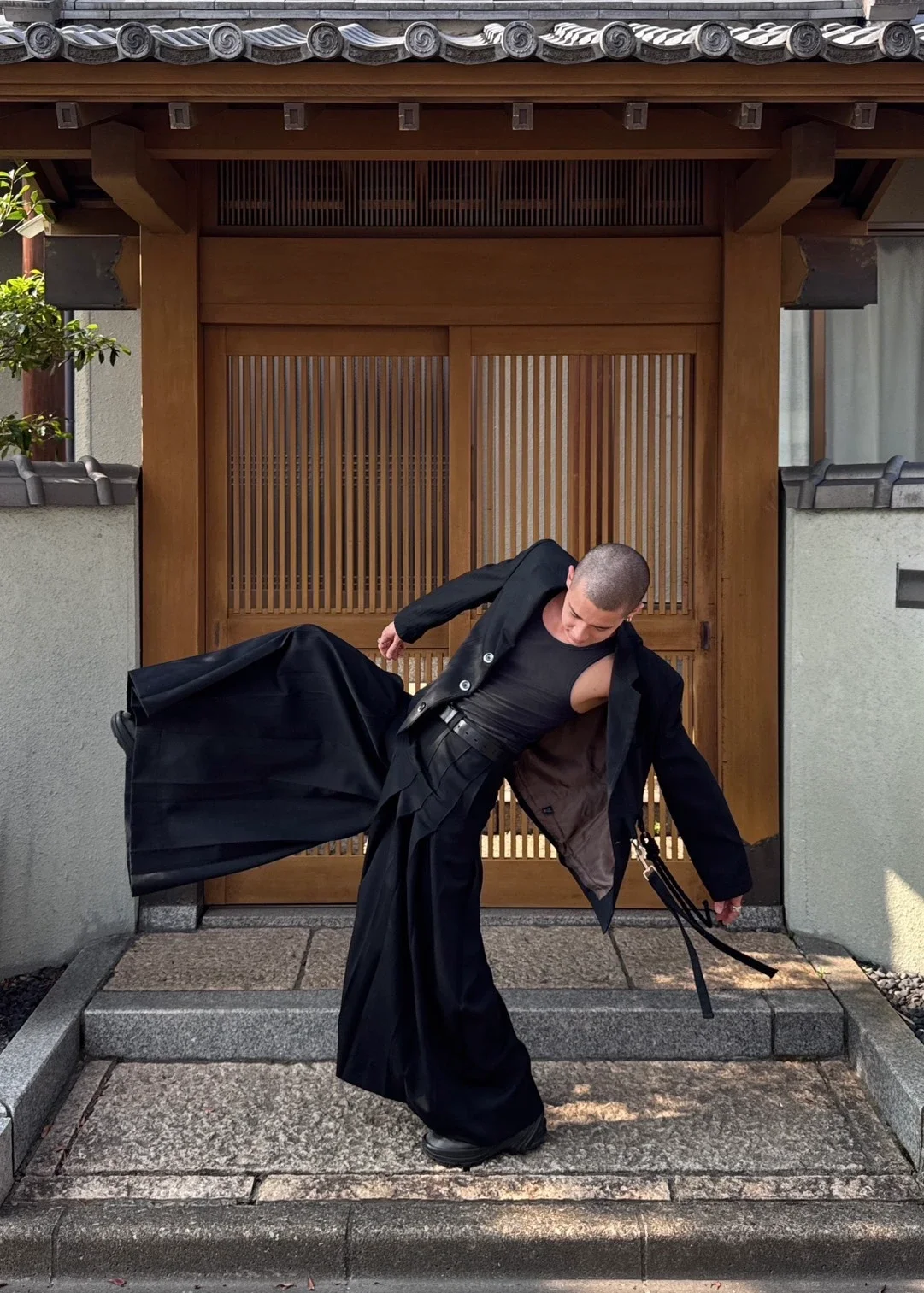
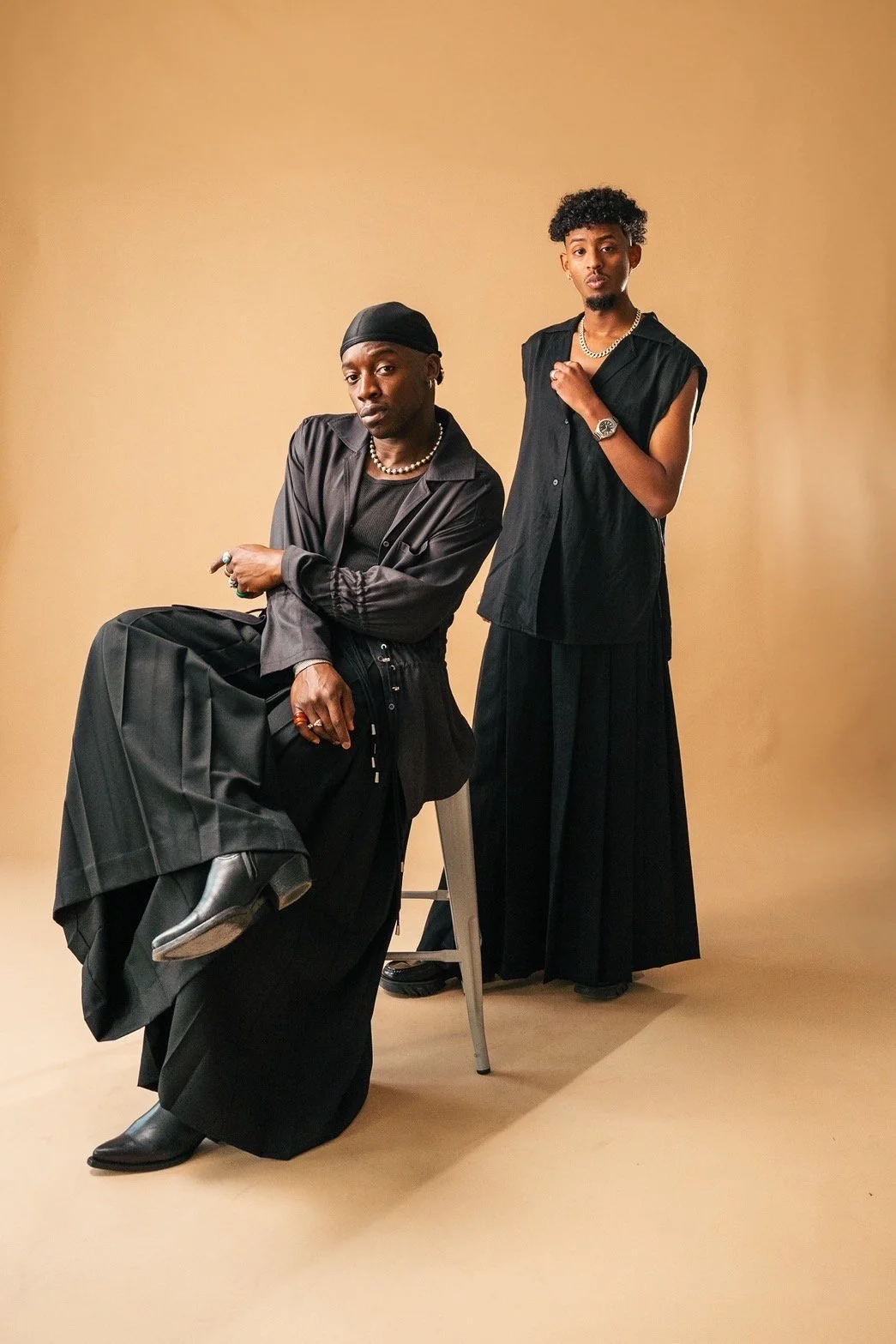


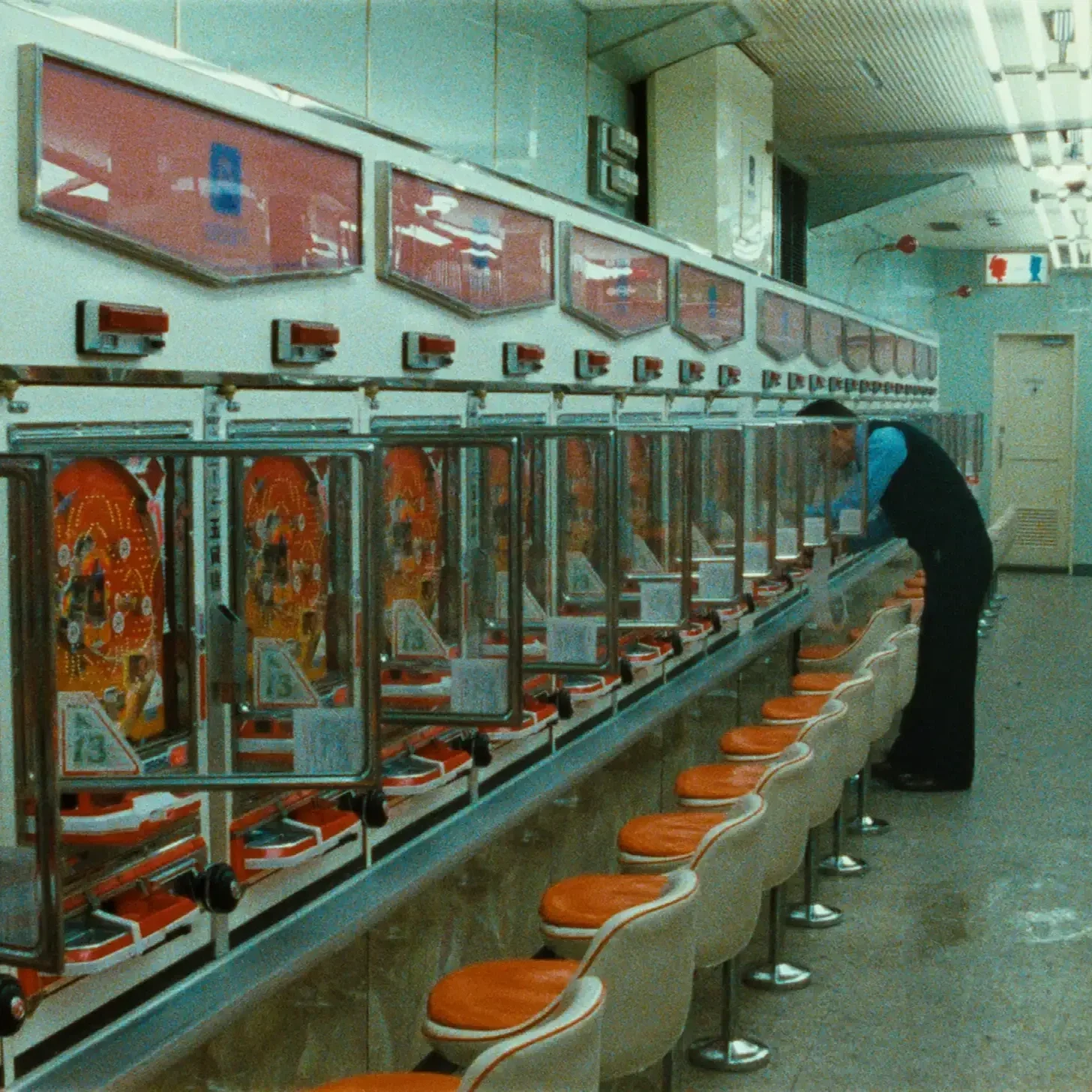



Rediscovering traditional indigo dyeing through a new generation.